
The mandatory testing for pregnancy by the Pines City Colleges (PCC) of all their dentistry, nursing, and pharmacy students is a classic illustration of the proverb that says, “the road to hell is paved with good intentions.”
Women’s and privacy rights advocates began criticizing the policy when a letter calling for the mandatory tests dated October 25, 2018, and signed by PCC vice president for administration Maria Regina Prats and school physician Dr. Aurelia Navarro, began circulating in social media.
In a Facebook post, the PCC claims that the intention is to protect mother and fetus.
The pertinent portions of the clinician’s manual of the PCC indeed states that a pregnant student cannot enroll in clinical dentistry, roentgenology, anesthesiology, endodontics, hospital dentistry and community dentistry II and III. The manual goes on to say that if the woman is found to be pregnant at the start or in the middle of the semester, she is considered dropped from the subjects mentioned and must be on leave of absence unless she has general education/ cultural subjects.
Illegal policy
For all of its good intentions, the policy is wrong.
It violates the spirit of several Philippine laws seeking non-discrimination of women in education as well as a specific provisions of the Magna Carta of Women. In particular, Sec 13 (c) states: “Expulsion and non-readmission of women faculty due to pregnancy outside of marriage shall be outlawed. No school shall turn out or refuse admission to a female student solely on the account of her having contracted pregnancy outside of marriage during her term in school.”
I would argue that in the likelihood that at these last stages of acquiring a degree (clinical subjects come last in nursing and dentistry curricula) the policy effectively bars many pregnant women from enrolling for at least a year.
PCS is also in violation of the Data Privacy Act, a matter I shall discuss later in this article.
Good intentions?
One can also wonder whether the intentions for finding out if the woman is pregnant is really all noble because the letter states that the price of the test to be charged to the student’s account is P150. Likhaan, an organization I work with that seeks to provide poor women with reproductive health services including maternal care, buys its pregnancy test at P550 per box of 100. This means that each pregnancy test is only worth P11.
What is also puzzling about the intentions of Pines City Colleges is that for an institution to be “the premier institution offering allied health courses in the Cordilleras,” it isn’t very evidence-based on these restrictions. If one were to benchmark it’s policy with other institutions we should note that UP PGH and St. Louis University School of Nursing have no similar policies.
Let me take just one of the courses being denied to pregnant students, roentgenology. In layman’s terms this is about X-rays and similar procedures involving radiation. While it is a common misconception that X-rays cause risks to the fetus, evidence shows the contrary. Radiation exposure for all human beings does carry risks at certain dosages, but standard protection procedures in roentgenology including specified distance from the source of radiation and the use of protective gear makes the risks negligible for all personnel.
Violates right to privacy
Pines City College cannot actually show evidence that the risk they are protecting against exists. They cannot also show evidence that the provision of proper safeguards does not take away those risks.
And, even if for some strange reason, medical science does not behave in the same way at PCC, it must provide alternative learning activities to students instead of disenfranchising them merely because they happen to be pregnant.
Because PCC cannot prove that there is a real need for this pregnancy test, it is indeed in violation of the data privacy act which prohibits the processing of “sensitive personal information and privileged information.” Its defense that students agree to this policy cannot hold because the law demands that such consent be given freely. Consent imposed in this way, is not free and informed consent.
If PCC even bothered to do a simple google search, it would have easily found a better-crafted set of guidelines that does not violate the students rights but achieves the goal of providing risk information and protection of pregnant students, such as this one.
I am glad that the National Privacy Commission and the Commission on Human Rights have begun their investigation.
For its own sake, I suggest that Pines City College withdraw this discriminatory, judgmental and patronizing policy. Otherwise, I hope our government regulatory agencies throw the book at it. – Rappler.com
Sylvia Estrada Claudio is a doctor of medicine who also holds a PhD in psychology. She is co-founder and currently Chair of the Board of Directors of Likhaan Center for Women’s Health, Inc.

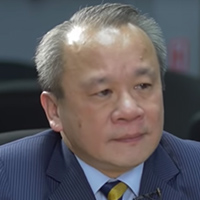






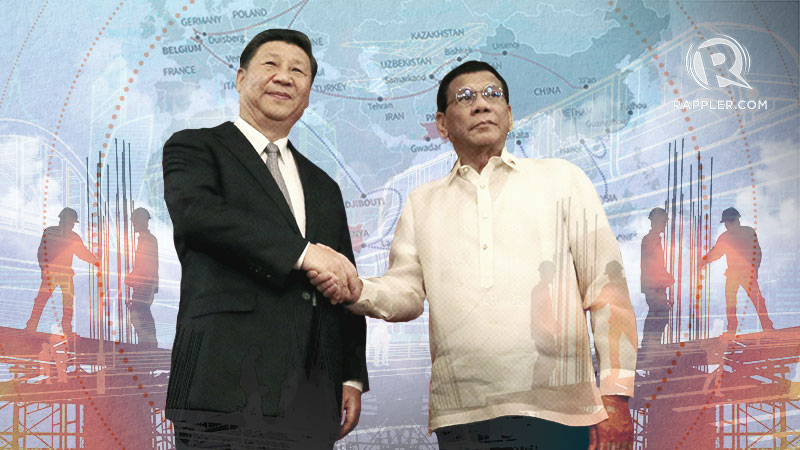
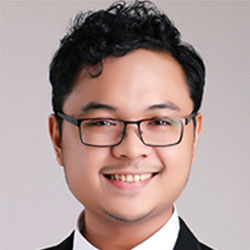


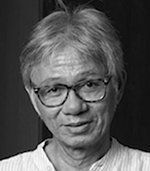

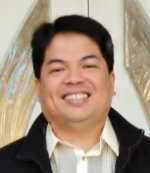






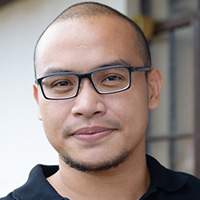 Last November 20, news circulated that Eugene de Vera, representative of the party-list group Arts, Business, and Science Professionals (ABS), was expelled from the House of Representatives.
Last November 20, news circulated that Eugene de Vera, representative of the party-list group Arts, Business, and Science Professionals (ABS), was expelled from the House of Representatives.
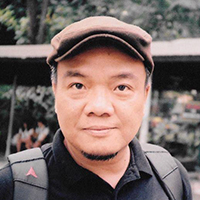





 In her Inquirer
In her Inquirer 




